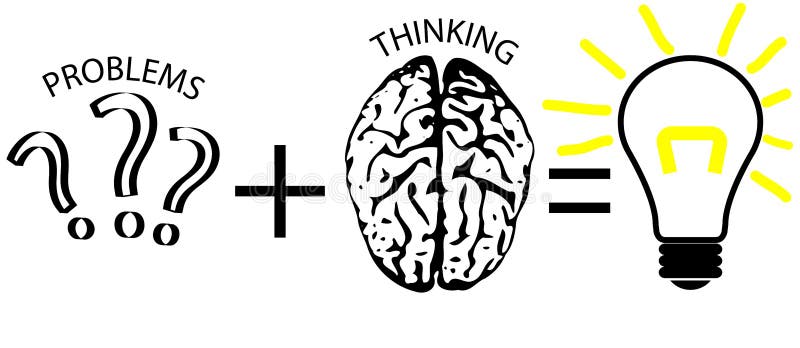How to make electricity
How to make electricity
Electricity 101
Electricity keeps the lights on
Electricity is all around us. Whether it’s our bedroom lamp, our favorite gaming system, or a refrigerator that handles all of our favorite things, electricity empowers everything. These days it empowers many of our cars. You can travel to uninhabited places on earth and still find it in the clouds above you during a storm. Electricity takes in different forms: coal, water, solar, wind, nuclear, water and solar. But have you ever wondered what electricity is really made of or how you can get to your house? Learning and understanding where electricity comes from and how we can use it allows us to better manage our use and monitor our resources.
What is electricity and how is it made?
Electricity is the second source of energy that we derive from the conversion of other energy sources such as coal, natural gas, oil, nuclear power, and so on. These sources are known as the "main sources." The main sources may be renewable or non-renewable, but the electricity itself is not.
Like everything else, electricity is made up of atoms. So to understand electricity, it is helpful to understand the basic information about atoms.
Atoms
At the center of the atom is the nucleus. The nucleus is made up of particles called protons and neutrons. Electrons circulate the nucleus in the shells. The protons and electrons of the atom are attracted to each other and each carries an electric charge. Protons have a good charge and electrons have a bad charge. The positive charge of protons is equal to the negative charge of electrons, which makes the atom equalize when it has the same number of protons and electrons. Neutrons have no electrical power and their number can vary.
Electrons
The electrons in the shell closest to the nucleus have a strong attraction to the protons. Sometimes the electrons in the outer shell of the atom do not have the ability to attract protons and can be pushed out of their orbits to make them move from one atom to another. These flexible electrons are not electric.
How does electricity work?
Electricity runs through closed circuits. It has to have a perfect way before the electrons move. When you turn on the light by turning on the switch, you close the circuit. Of course, this means that by turning off the switch, you turn on the circuit. Electricity flows from the power cord, through the light, and back to the wire. The same idea applies to your TV or electronics - when you turn it on, you turn off the circuit so that the electricity flows through the cables and energizes them.
Energy sources
Coal
More than a quarter of the total coal mines worldwide are located in the United States. Although our dependence on coal is declining, we still rely on it to generate electricity. Coal-generated electricity is generated using a “pulverized coal combustion system” (PCC).
The coals are ground into a fine powder and then blown into a heated boiler chamber and heated to a high temperature. The gases and heat produced are converted into water. This steam passes through a turbine containing thousands of propeller-like blades. At the end of these propellers, the generator is always connected to one of the propeller shafts. When the generator coils are rotated in a magnetic field, electricity is generated.
The electricity produced is transported at high voltages by power grids. By the time you get to our homes, the electricity is being turned down into 100 to 250 safe electrical systems.
The wind
Wind power is renewable and utilizes wind-generated energy through wind turbines that convert them into electricity. The atmosphere, technically, is a result of temperature fluctuations and is caused by the unequal temperature of the atmosphere, mountains, valleys, and the rotation of planets around the sun.
Wind turbines work in the opposite direction from fans - instead of using electricity to create air, wind turbines use wind to generate electricity. The wind turns blades around the shaft connected to the generator and generates electricity.
Nuclear
Nuclear energy comes from the internal energy of an atom. Electric power plants use a process called "nuclear fission" - the separation of atoms - to generate energy. Some nuclear power plants utilize separate atoms of uranium when they are struck by neutrons, emitting heat and radiation, and creating additional neutrons.
When a neutron collides with other uranium atoms, the process repeats itself. This chain reaction is controlled by nuclear power plants to generate heat. When combined with water, heat produces steam that can be used to generate electricity for our homes.
How does electricity get to your home?
Where electricity comes from and where consumers get power varies. Some utility companies do all they can to sell their products using their existing power plants. Some may buy electricity directly from other utility companies, power advertisers, and independent energy producers in the supermarket market organized by a trusted regional organization. Every little detail on the side, electricity reaches the consumer in very similar ways.
Electricity delivery process
Electricity generated by power stations is delivered to consumers through transmission and distribution cables. This sophisticated system sometimes called a “grid” includes sub-terminals, transformers, and power lines that connect power producers and consumers. In the United States alone, the grid consists of thousands of miles of high-voltage power lines and millions of low-voltage power lines with transformers that connect thousands of power plants to millions of consumers worldwide.
High power cords hanging between large steel towers can carry long distances of electricity, where



No comments
Thanks you